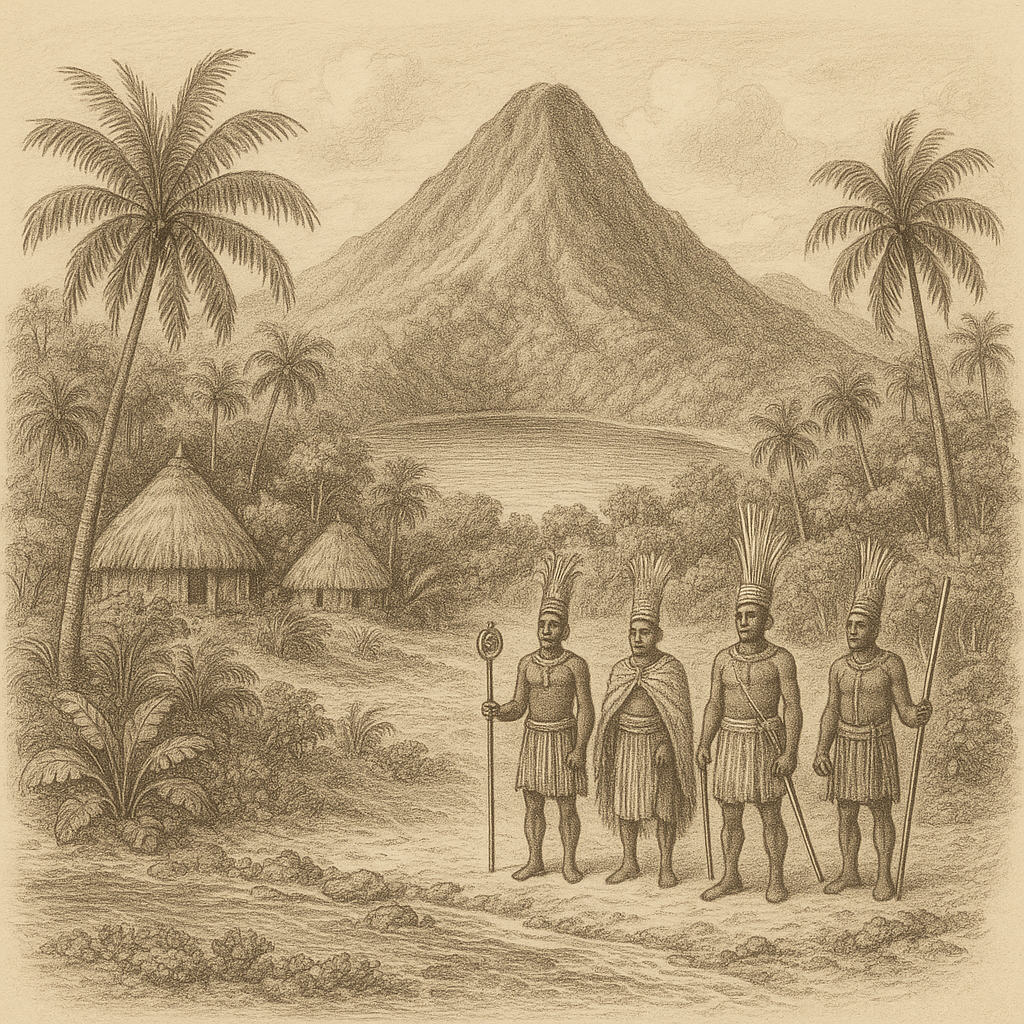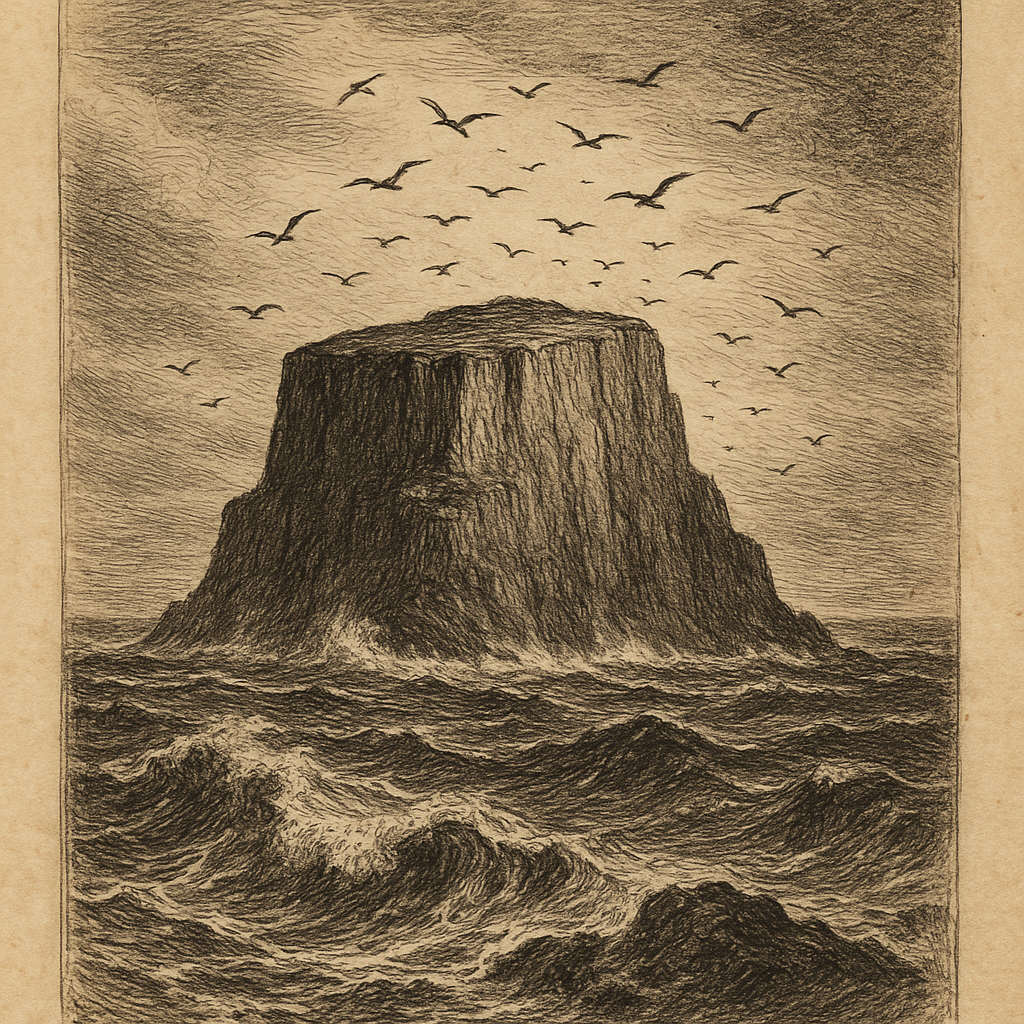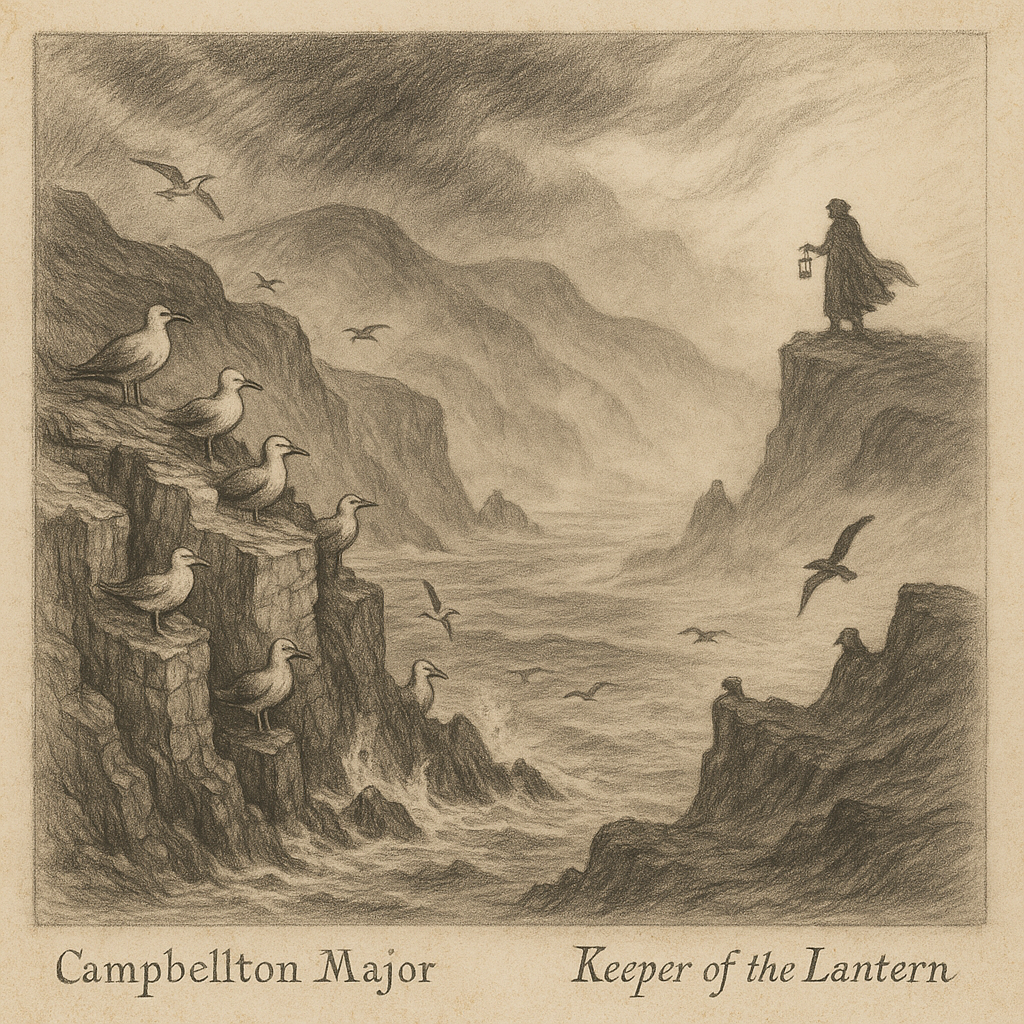Attu Island: The Remote Edge of the United States
Attu Island is the westernmost point of the United States, lying at the far edge of the Aleutian Islands chain in Alaska. Isolated by both geography and history, it is a place of stark beauty, ecological significance, and powerful wartime and cultural stories. Here’s an in-depth look at this fascinating and remote island.
Geography and Location
Attu Island is situated approximately 1,100 miles west of mainland Alaska and about 400 miles east of the Kamchatka Peninsula in Russia. It forms part of the Near Islands group at the western tip of the Aleutian chain, and is located just west of the 180th meridian, making it the westernmost point in the U.S. by longitude. The island spans around 344.7 square kilometers (133.6 square miles), making it the largest island in the Near Islands group.
The geography of Attu is rugged and dramatic, composed of steep, mist-covered mountains, deep valleys, and a complex network of rivers and lakes. The highest point is Mount Terrible, which rises approximately 881 meters (2,890 feet) above sea level. This challenging terrain combined with the island’s subarctic maritime climate results in frequent fog, strong winds, and heavy rainfall, contributing to its isolation and difficulty of access.
Ecological Significance
Although remote and uninhabited today, Attu Island is home to unique ecosystems and serves as a critical habitat for migratory birds and marine wildlife. As part of the Alaska Maritime National Wildlife Refuge, it provides crucial nesting grounds for seabirds such as the tufted puffin, red-legged kittiwake, and Aleutian tern. Its location on major migratory routes gives birdwatchers rare opportunities to observe Asiatic bird species that seldom reach the American mainland.
The island’s waters teem with marine life, including sea otters, harbor seals, and various species of whales. The surrounding kelp forests serve as a habitat and feeding ground for numerous fish species, making it a valuable environment for studies in marine biology and conservation.
The flora of the island is typical of tundra environments—low-lying mosses, lichens, and dwarf willows dominate the landscape, particularly in the coastal plains and valleys. Despite the harsh conditions, this fragile ecosystem has remained relatively untouched by human development due to the island’s remoteness.
History and Military Significance
Attu’s human history is both rich and tragic. For thousands of years, the island was home to the Unangan people (also known as Aleuts), who relied on the sea for sustenance. Their numbers and presence diminished sharply after Russian contact in the 18th century, followed by American colonization in the 19th century.
Attu played a pivotal role in World War II during the only land battle fought on American soil. In June 1942, Japanese forces occupied the island, along with nearby Kiska, in an attempt to divert U.S. military attention from Midway. After almost a year, the Battle of Attu began in May 1943, when American forces launched an assault to retake the island. The battle lasted for 18 days and ended with a U.S. victory—but at a heavy cost: almost 3,000 Japanese and over 1,000 American soldiers perished, many due to exposure, combat, and disease.
The native residents of Attu were forcibly relocated during the war and never returned. After the war, the U.S. military maintained a presence on Attu, constructing a Coast Guard LORAN (long-range navigation) station, which remained in operation until 2010. Since its closure, the island has been uninhabited.
Interesting Facts About Attu Island
– Attu Island is located in the Eastern Hemisphere by longitude, even though it is part of the United States.
– Due to its strategic position, it was one of the most heavily fortified parts of Alaska during World War II.
– It is a globally renowned site for “extreme birding” — birdwatchers come in search of rare Asiatic species that cross the Bering Strait.
– The Battle of Attu was the first American amphibious landing in the Pacific during WWII and involved intense hand-to-hand combat—conditions likened to those later seen in the jungles of Southeast Asia.
– Attu’s LORAN station, before being decommissioned, was one of the last manned outposts of the U.S. Coast Guard in the Aleutians. Its personnel often spent an entire year on the island due to logistical constraints.
Legends and Stories of the Island
Like many remote and ancient places, Attu Island is steeped in folklore. Among the Unangan people, there were tales of “invisible people” or “shadow beings” who lived on the island’s high peaks and emerged only in the swirling fog. According to oral tradition, these entities were capable of guiding hunters or leading them astray depending on the respect shown to the land.
World War II also spawned modern legends. Veterans of the Battle of Attu reported hearing unexplained voices or footsteps in the ruins of Japanese encampments. Coast Guard personnel stationed at the LORAN site have also spoken of hearing strange sounds among the howling winds—some attributing them to the spirits of those who died during the fierce fighting of 1943.
Additionally, there exists a somber legend about the last Unangan couple who lived on the island. Forced onto a ship and relocated during the war, they are said to have prayed for their spirits to remain with Attu forever. Local Aleut communities recount sightings of a woman in traditional dress walking along the rocky shores at dawn.
Current Status and Access
Today, Attu Island lies dormant, its wartime installations ruined and overtaken by nature. It is managed by the U.S. Fish and Wildlife Service as part of the Alaska Maritime National Wildlife Refuge. Due to its remoteness, visiting the island requires special permits and extensive planning. Most visits are limited to scientific groups, military historians, or specialized birdwatching tours operating on chartered vessels.
When accessible, Attu offers a mysterious and starkly beautiful landscape that seems frozen in time. It is a place of profound silence, broken only by the cries of seabirds and the wind’s whisper through abandoned barracks and rusting artillery.
Conclusion
Attu Island stands as a unique monument to both nature’s resilience and the enduring impact of human conflict. From its haunting wartime past to its vast and untouched ecosystems, the island offers a rare glimpse into a part of the United States few have seen—but many are captivated by. Whether for its history, its biodiversity, or its legends, Attu continues to be a remote yet powerful symbol of America’s farthest frontier.


